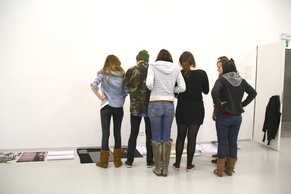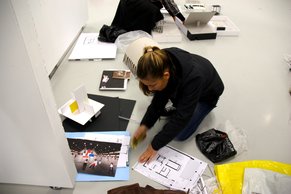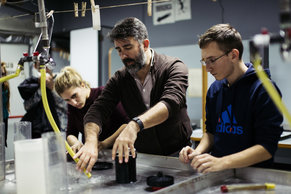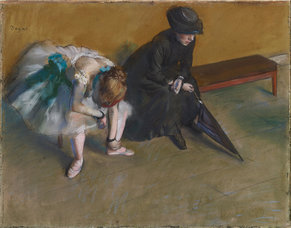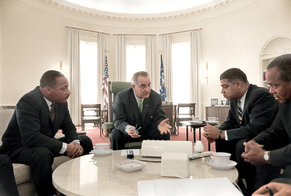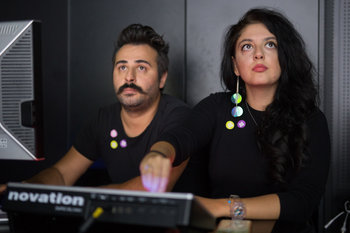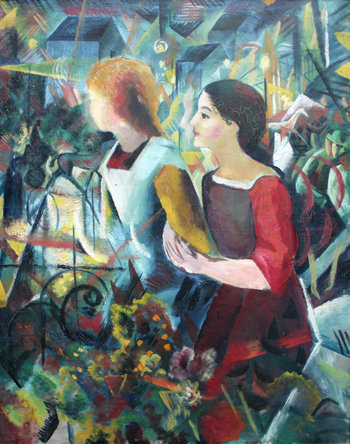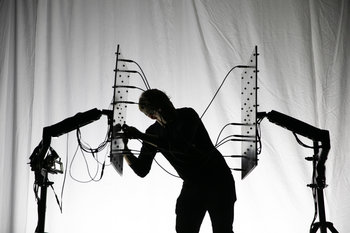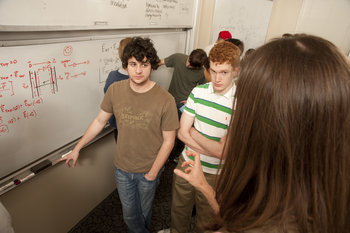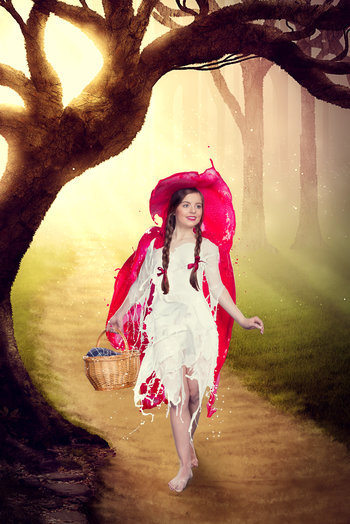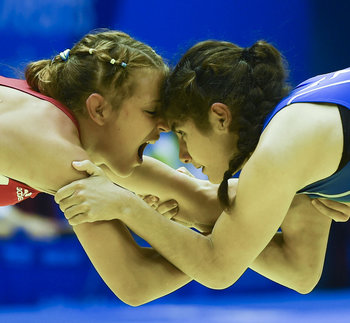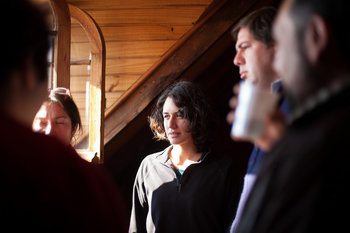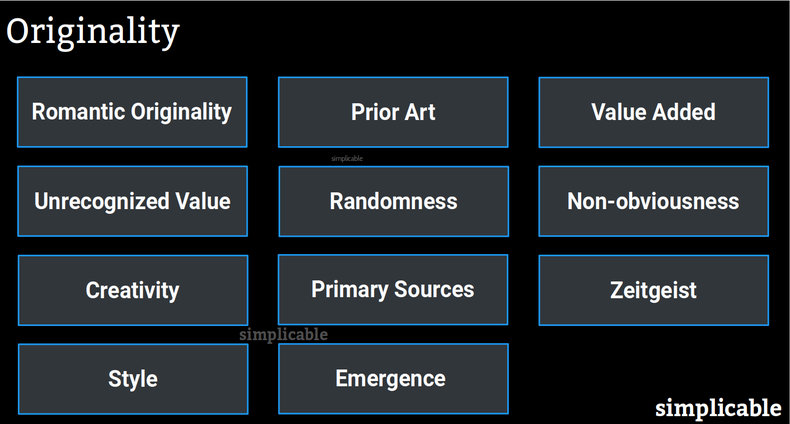
Romantic Originality
The concept of originality is associated with Romantic art that embraces works that shake all conventions and stem from the personal voice of the artist. Before this, similarity to classic works or conformance to standards of art established by institutions was considered the mark of high art. Views of originality are still a cultural thing such that conformance is often valued over uniqueness.Prior Art
Originality is always based on existing knowledge and culture. Works created in a vacuum without influences would be completely primitive such that they wouldn't be likely to be valuable to the modern world. Anything that has influenced an original work is known as prior art.Value Added
The difference between an original and a copy is that an original adds significant value. For example, a photograph of an artwork doesn't usually add much value and is therefore a copy. However, if a photograph of people in a street happens to catch an artwork in the background, this photo may be considered original.Unrecognized Value
In some cases, an extremely original idea or work isn't recognized as valuable in the lifetime of its creator. For example, Vincent van Gogh had moderate success as an artist in his lifetime but full recognition of his works grew in the decades following his death in 1890. By the start of WWI in 1914, Vincent van Gogh was famous and recognized as one of the most influential figures in the history of Western art.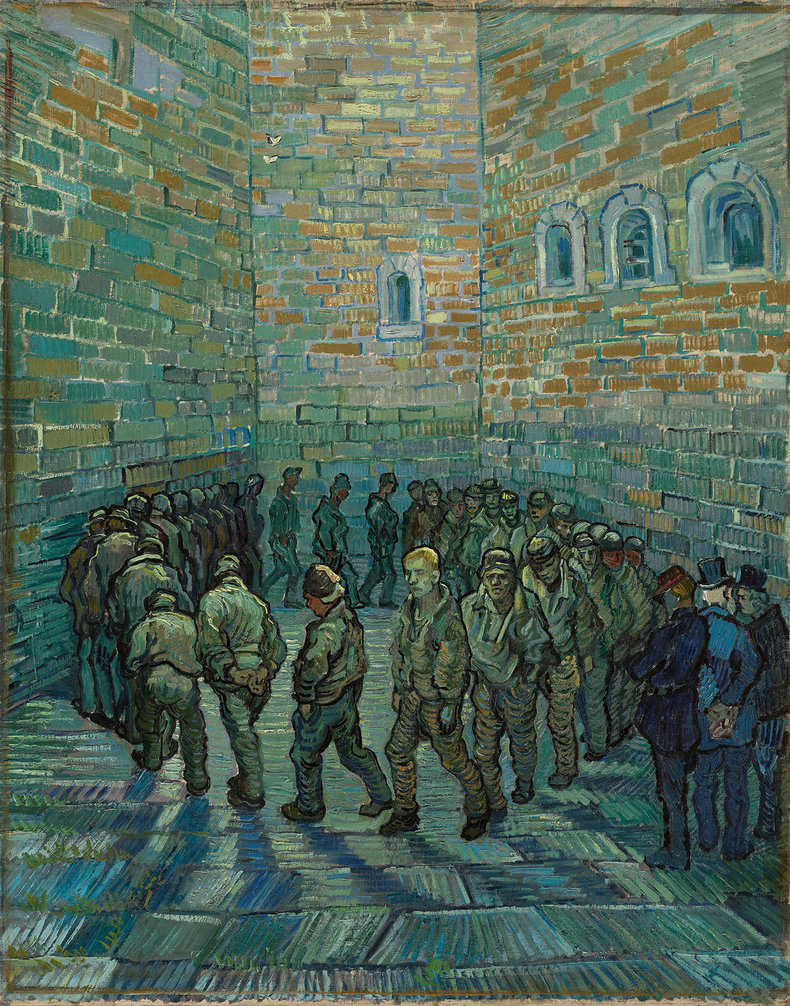
Randomness
It is common to confuse randomness with originality. Random works are arbitrarily easy to create and usually have no value such that they aren't considered creative or original.Non-obviousness
In order to be original, a work must be non-obvious. This can be difficult to judge in retrospect as an idea that has spread becomes obvious but may not have been obvious at the time of its invention. For example, brilliant films impress audiences at a point in time but are then copied such that they are viewed as cliche by later audiences.Creativity
Creativity is productivity that creates original value. This term is overuse to apply to certain domains such as visual design and underused when describing domains such as business strategy or algorithms.Primary Sources
Primary sources of knowledge must be mostly original. For example, a scientific paper isn't original if it just summarizes the results of other studies.Zeitgeist
Zeitgeist is a German concept that can be translated "spirit of the age." For example, an art movement that embodies a time and place that's never to be repeated. This concept suggests that the original styles of the past can be emulated but not with any authenticity. The excitement of something new only occurs once.Style
Style is a repeated element of originality that defines the work of an individual. For example, a fashion designer whose works are instantly recognizable to followers.Emergence
Emergence is the process by which many people contribute to a change that isn't planned or centrally controlled. For example, culture emerges as people have original ideas and those original ideas are endlessly copied. Each copy is imperfect such that new culture emerges even from the copies.Notes
One of the signs that a work is original is the degree to which it is cited. Another sign is the influence it has such that it is much emulated by others. For example, it is common for a single firm in an industry to have an original strategy and for all other firms seek to emulate that strategy.| Overview: Originality | ||
Type | ||
Definition | The ability to produce work that is both valuable and unlike any work that has come before it. | |
Related Concepts | ||

